This article was co-authored by wikiHow Staff. Our trained team of editors and researchers validate articles for accuracy and comprehensiveness. wikiHow's Content Management Team carefully monitors the work from our editorial staff to ensure that each article is backed by trusted research and meets our high quality standards.
This article has been viewed 32,982 times.
Learn more...
When you travel, dealing with luggage is sometimes the hardest part. Bags that are only a few pounds over the weight limit, extra airline fees, and long lines are just the beginning. What do you do when you don’t want to deal with the extra hassle at the airport, or when you’re taking a road trip and your car is packed to the brim? That’s when sending luggage comes in handy. By using a mailing service or a luggage forwarding service, you can send your luggage to another state with no hassle.
Steps
Using a Mailing Service like UPS or FedEx
-
1Weigh and measure your bag. Use a bathroom scale and a tape measure to take the weight and dimensions of each bag you're sending. Knowing the size and weight of your bag before you visit the UPS or FedEx store will speed up the process and let you know how much to expect to pay.[1]
- The heavier and bigger the bag, the more expensive it will generally be to ship.
- If you don’t have a scale or a measuring tape at home, these services can be performed for you at a UPS or FedEx store.[2]
-
2Bring your luggage to a UPS or FedEx store. Go to your local UPS or FedEx store with your luggage and talk to an associate. Tell them when you want your luggage to arrive at its destination. Do you need your luggage overnighted, or can you wait a week before it gets to your destination?Advertisement
-
3Use a luggage box. Many UPS or FedEx stores offer luggage boxes.[5] These are heavy duty cardboard boxes that you can put your luggage in to ensure nothing falls out or breaks during travel. If your suitcase isn't very durable, this is a good option.
- If you use one, make sure you’re aware of the guidelines for what can and cannot be sent.[6]
- You can also have the store ship your luggage as-is, with no box.
-
4Write down the destination. UPS or FedEx stores can ship your luggage to a variety of places from a home residence to a hotel. Double-check the address to ensure your luggage arrives at the right place.
-
5Get the tracking information. Make sure you get the tracking information for your luggage so you can be aware of its progress in transit.[7] You can track your luggage using your mobile device.
Using a Luggage Forwarding Service
-
1Choose a service. There are many luggage forwarding services out there, like DUFL, Luggage Forward, or Send My Bag.[8] Research each one and see which option best suits your needs. How does the pricing compare? What option is offered in your area?
-
2Schedule your luggage for pick-up. Most luggage forwarding services offer door-to-door pick-up and delivery. You’ll need to schedule a time with the company for your luggage to be picked up. Make sure it’s ready and waiting by the door.
- Some companies offer an online booking option to make the process even easier.
-
3Buy insurance. Some companies offer a base level of insurance that’s included with the price of shipping your bag. If the value of your luggage is greater than the amount of included insurance, you'll want to buy additional insurance.[11]
-
4Track your bags. Make sure you get the tracking information for your bags so you don’t have to worry about where they are. Tracking information gives you specific information about exact location and estimated delivery times.
- Luggage forwarding services will let you know when your luggage has arrived at its destination, as well.
References
- ↑ https://www.smartertravel.com/2017/06/19/check-ship-bags/
- ↑ https://reviews.cheapism.com/cheap-shipping/#shipping-rates-for-the-post-office-ups-and-fedex
- ↑ https://www.smartertravel.com/2017/06/19/check-ship-bags/
- ↑ http://www.fedex.com/us/smallbusiness/updates/august2010/ship-luggage-ahead.html
- ↑ https://www.theupsstore.com/File%20Library/theupsstore/pack-ship/Luggage-Box-Info.pdf
- ↑ https://www.theupsstore.com/File%20Library/theupsstore/pack-ship/Luggage-Box-Info.pdf
- ↑ https://www.smartertravel.com/2017/06/19/check-ship-bags/
- ↑ https://www.nytimes.com/2016/06/05/travel/how-to-ship-your-luggage.html
- ↑ https://www.nytimes.com/2016/06/05/travel/how-to-ship-your-luggage.html
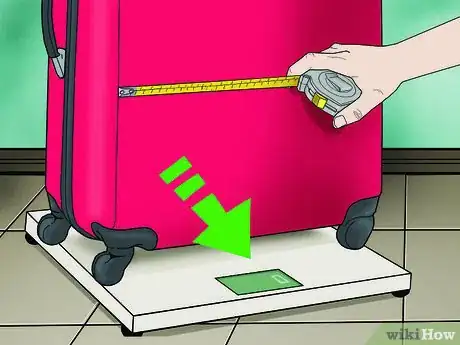

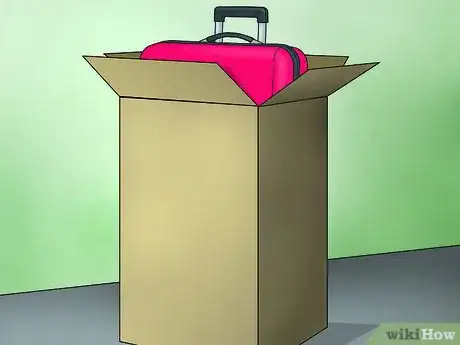
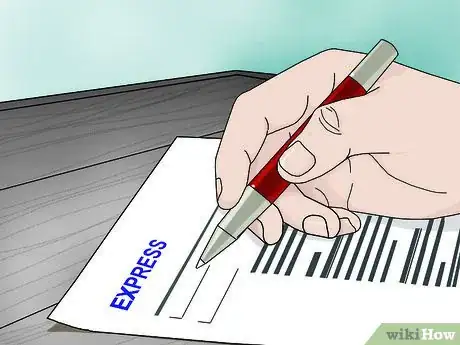
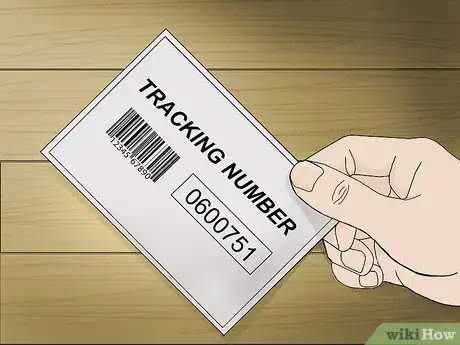



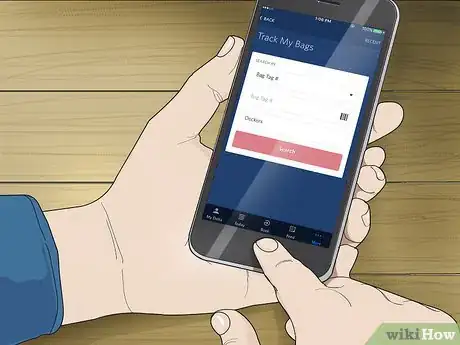

-Step-12-Version-2.webp)





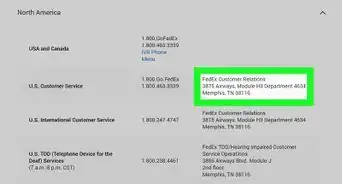



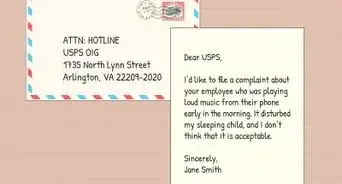










-Step-12-Version-2.webp)




































